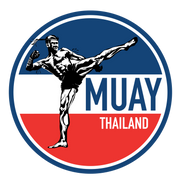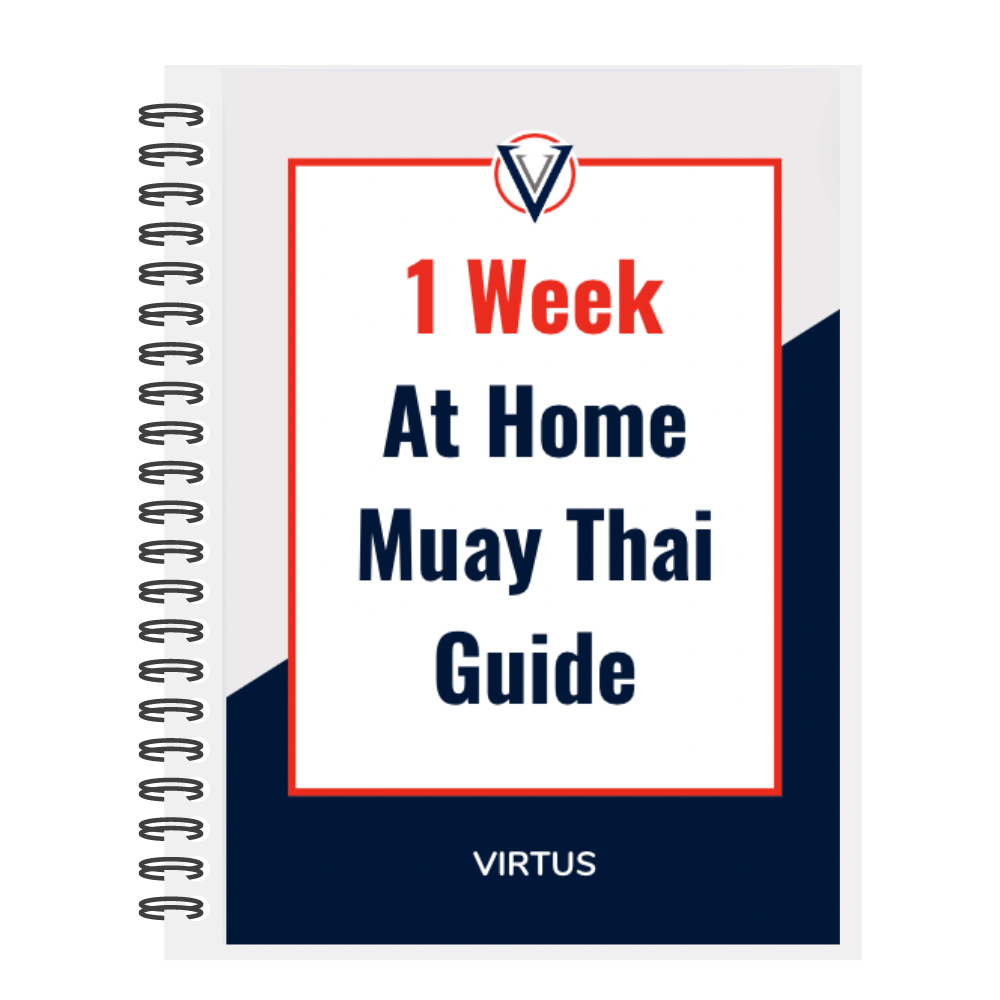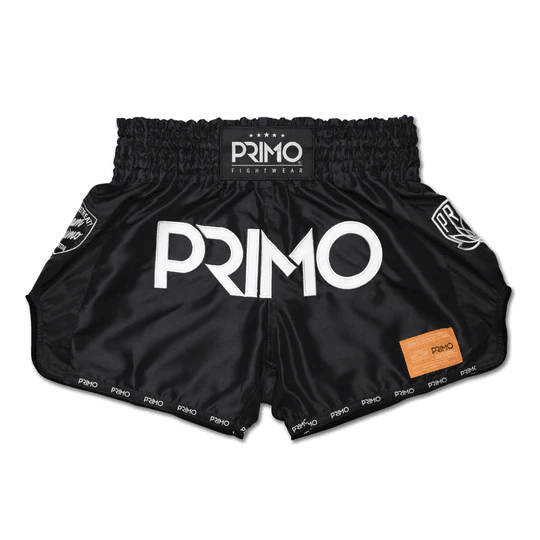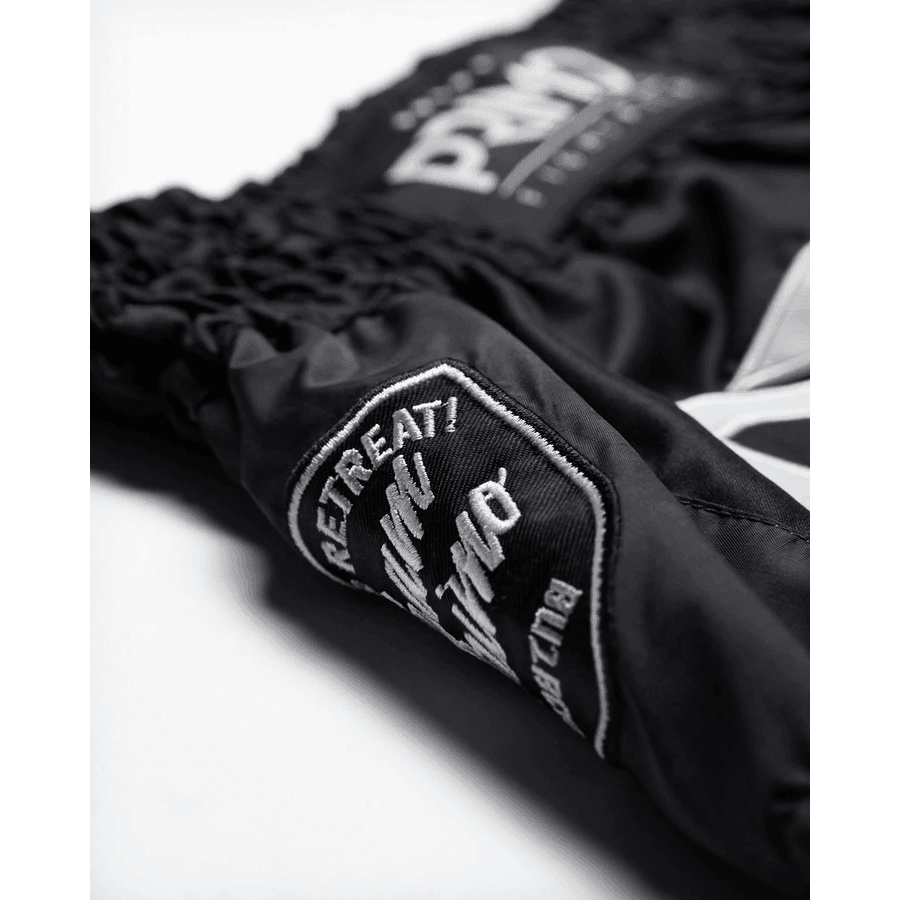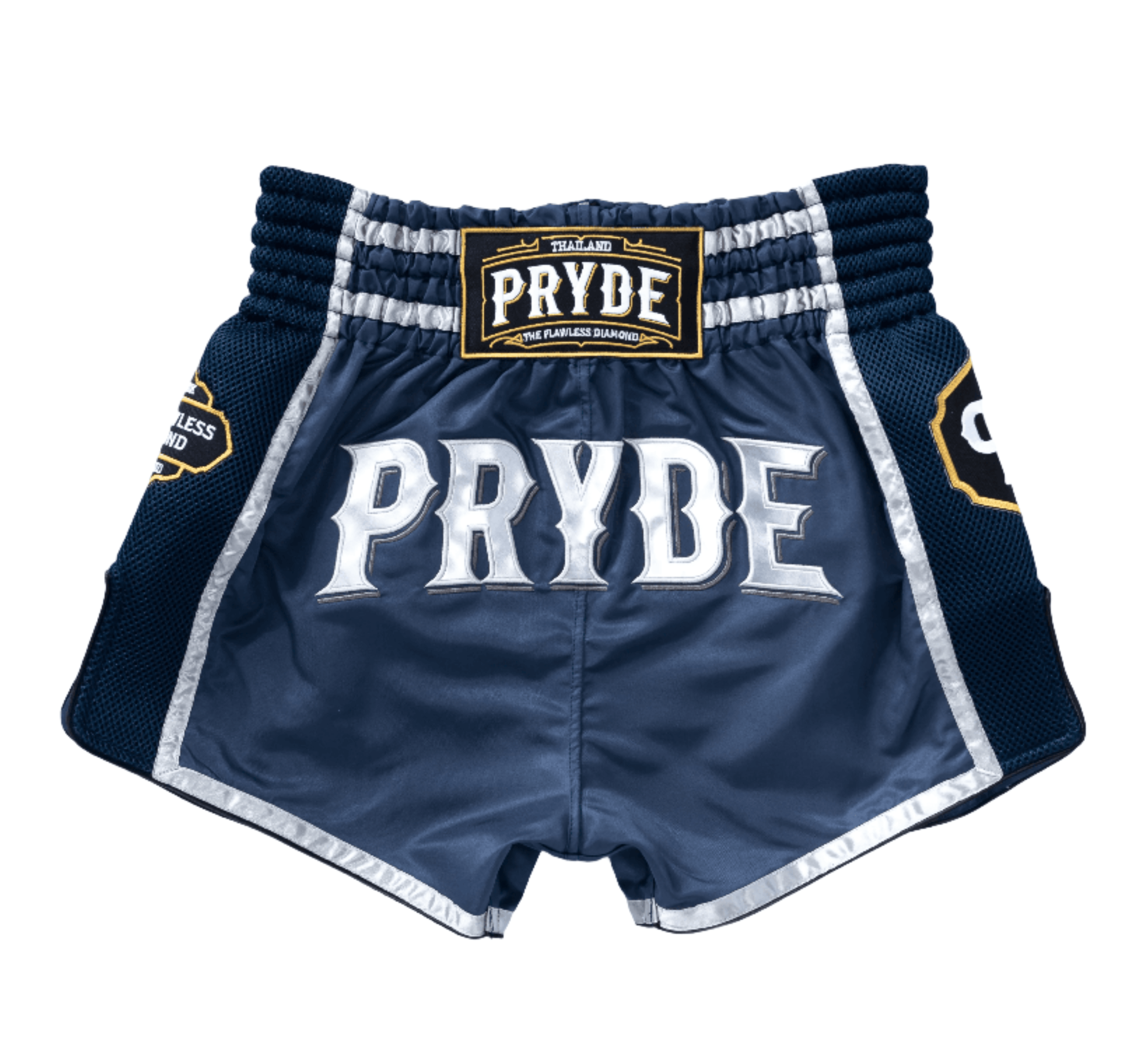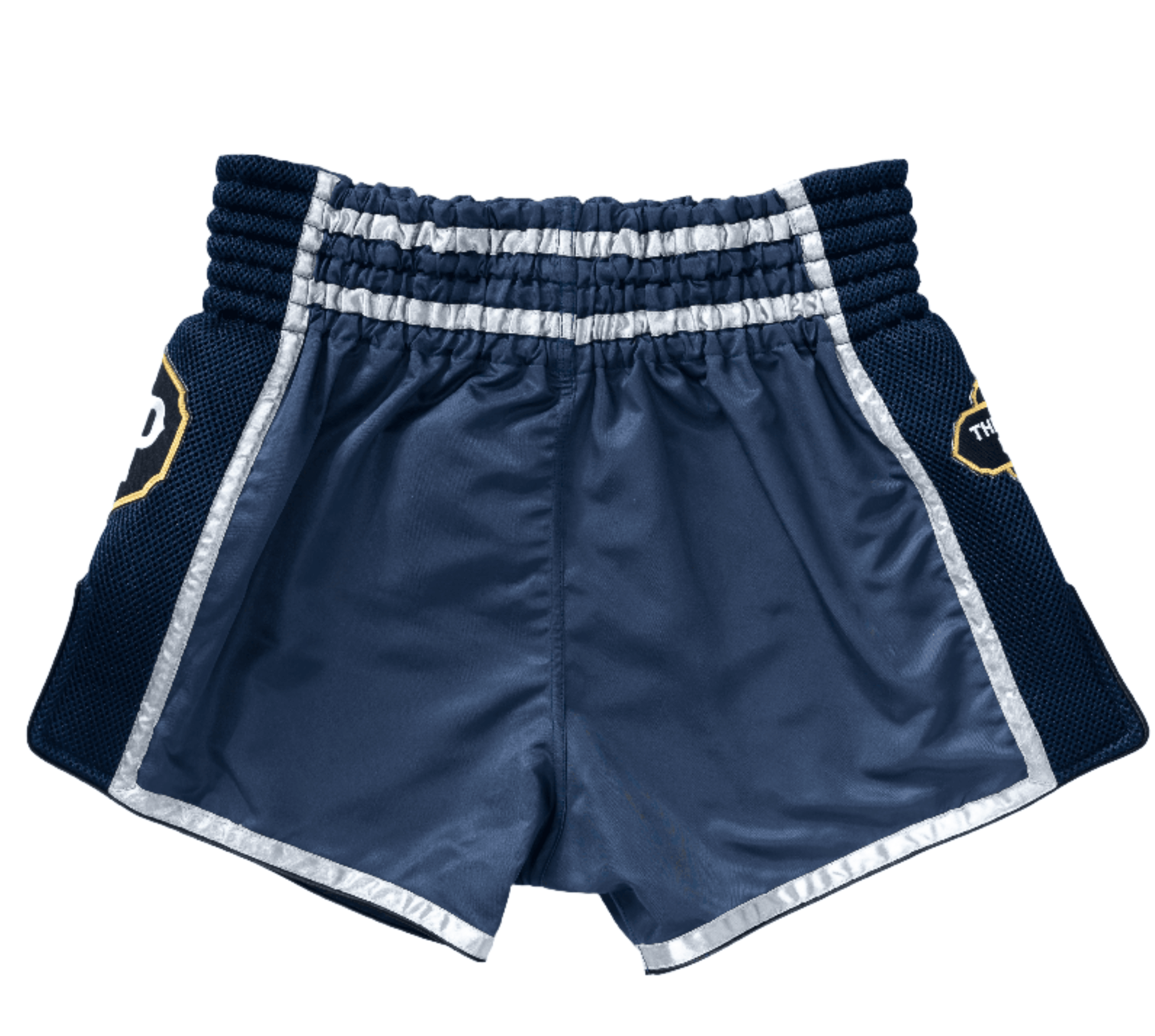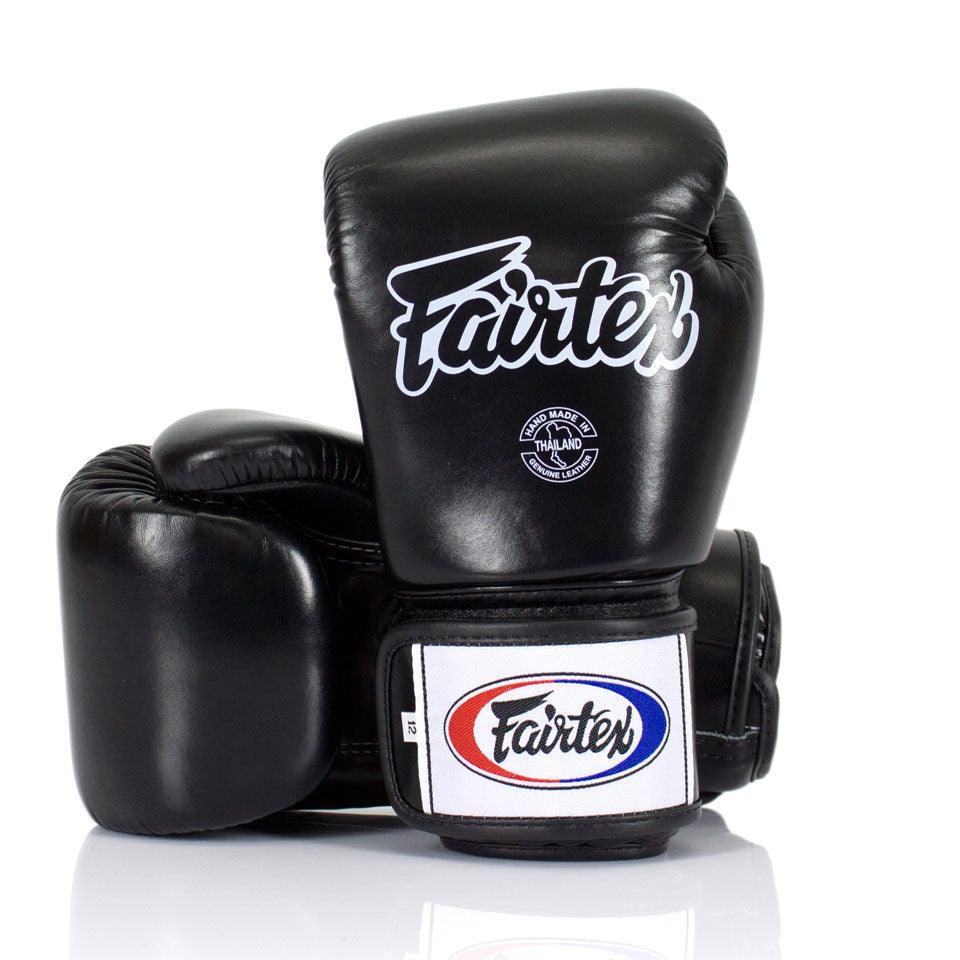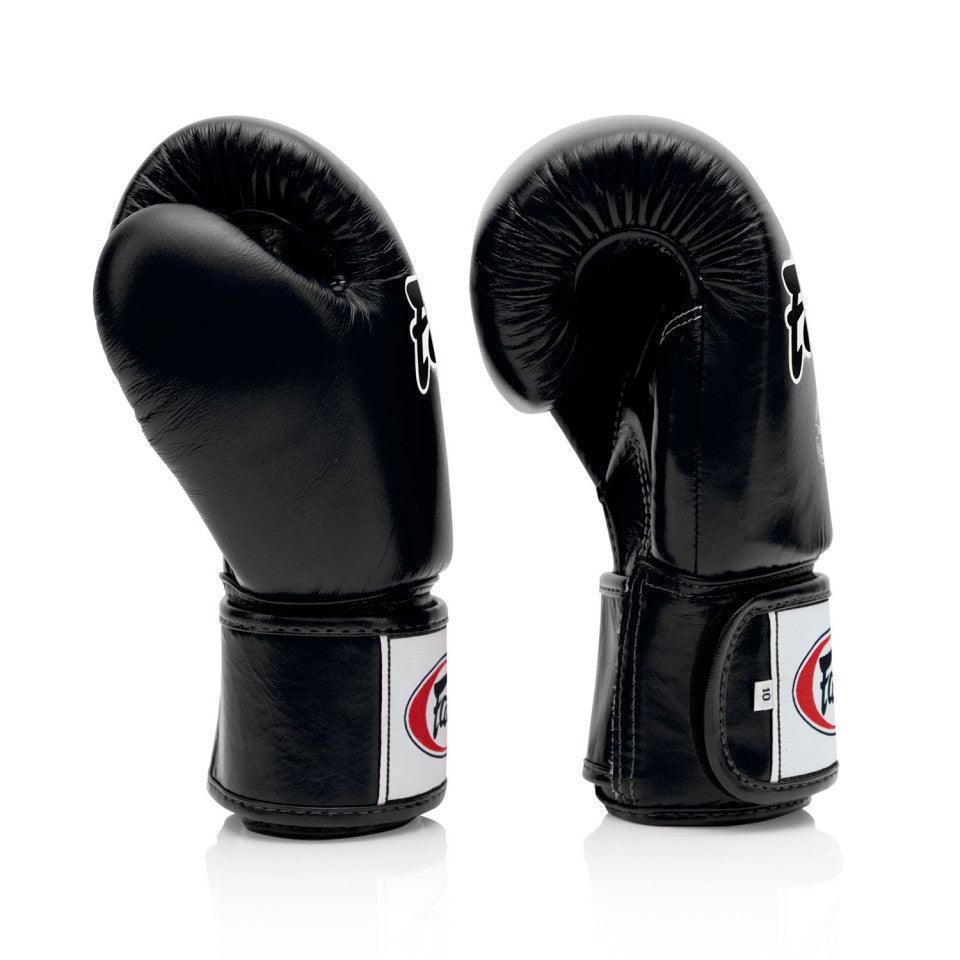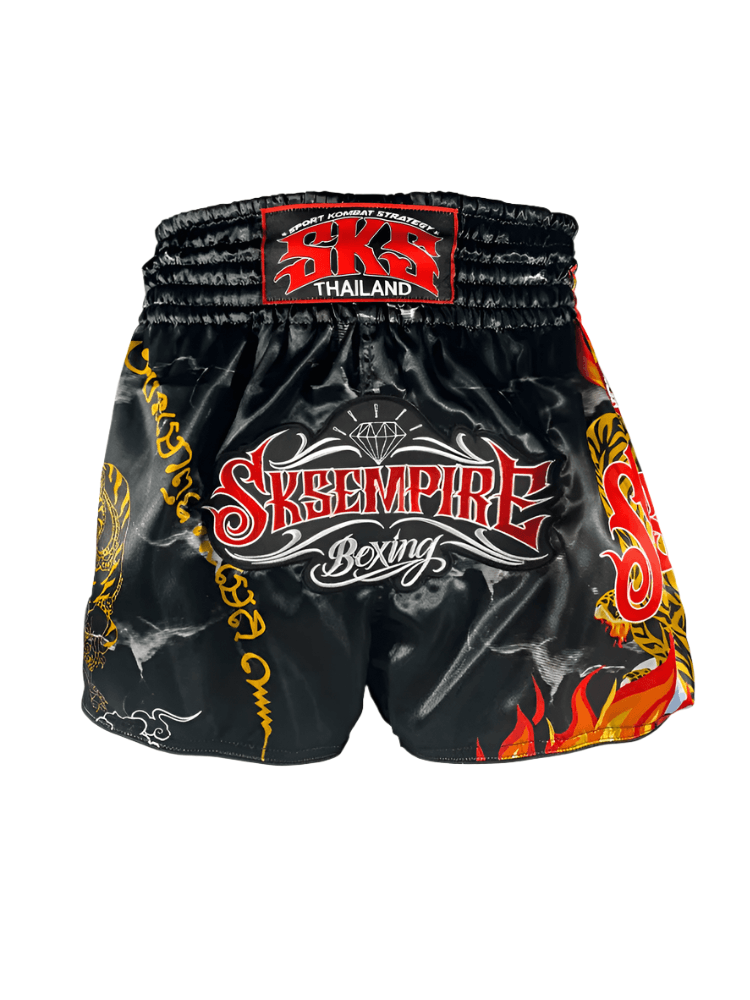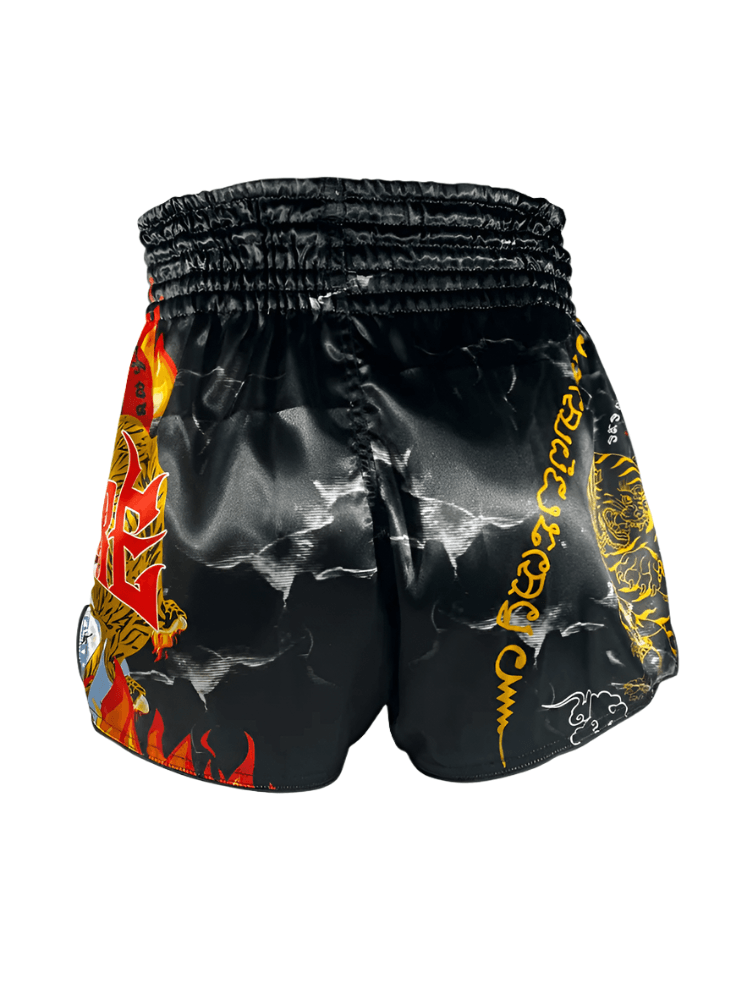Training Muay Thai is as physically and mentally rewarding as it is tough on the body and mind. Being a contact sport, you’re regularly striking pads, people or bags and therefore exposing yourself to causing damage to yourself and others. This, coupled with the fact training is intensive and demands full-body engagement, makes injuries common, especially for first-time practitioners.
What are the most common injuries associated with Muay Thai?
Common injuries in Muay Thai include sprains, strains, and bruises due to the intense physical contact involved. Joint injuries in the knees and elbows are also prevalent. Proper warm-up, conditioning, and technique training can help reduce the risk of these injuries in Muay Thai practitioners in both the short and long term. If it's your first time training, expect soreness after the session and possibly a foot blister or two. When competing, research found that over 50% of competitors received an injury as a result of the fight.
Sprained Wrists
Pad work and striking a heavy bag with powerful punches puts a lot of stress on your hands and wrists. If you land at the wrong angle (which could be ever so slight) it can force your wrist to bend the wrong way and overstretch your ligaments. As a result, you could sprain your wrist and end up with pain around the joint, swelling, limited motion and bruising. It's essential to be mindful of your technique and form, including not bending your wrist when punching, and properly using hand wraps, to prevent such injuries.
If you do sprain your wrist, you’ll need to tone down the intensity of your training and maybe even take some time out. Wrist sprains can become nagging injuries if not given enough time to recover.
Prevention:
Wrap your hands securely for all types of training and ensure your gloves and on tight. Don’t strike heavy bags without gloves and only use hooks and uppercuts with full power once you’re confident on the right angle for your wrists.
Bruised / Swollen Legs
Muay Thai and Dutch Kickboxing are notorious for targeting the legs. If you’re not used to taking kicks or knees to the legs, you’ll have to endure some pain and limping before you’re conditioned. Even if you’re used to taking leg kicks, it’s easy to end up with bruised and swollen legs after a heavy sparring session, along with other minor injuries.
If so, treat them like any bruising or swelling and elevate the leg for a short while after training. Apply tiger balm or something similar. Gently using a foam roller and getting a relaxing bath can also do wonders.
Prevention:
The easiest way is to check the kicks. Alternatively, you can ensure you “sit” down into the kicks so your thigh muscles tense before the kick lands. You can also condition your legs by building your thigh muscles.
Bruised / Swollen Ankles
As your start out in Muay Thai and learn your range, injuries to ankles are usually common. This is because you’ll be landing a lot of kicks with your feet and ankles on pads, bags and people. Even so, as you go on to spar, it’s not uncommon to land a kick on your partner’s elbows or knees. Shin guards often have very little protection between the foot and the lower shin as to provide flexibility, however, this exposes an area to potential injury such as bumps, bruises, and swelling. Strengthening your ankles and calves through exercises like calf raises is a good idea to prevent these injuries. However, if you do end up spraining your ankle or foot, following the R.I.C.E formula (rest, ice, compression, elevation) is recommended.
Treatment is similar to bruised / swollen legs but it’s likely they’ll need closer attention over a longer period as you’ll be putting concerted pressure on your ankles throughout the day as you walk and go about your normal business.
Prevention:
Develop your understanding of distance and range so you land kicks with your shins. Your ankles will become conditioned after a while but there’s only so much they can be conditioned. Ankle guards can be useful in providing some extra cushioning and support for weak and swollen ankles.
Bruised / Swollen Shins
As the point of contact with kicks is our shins, its natural for them to take damage, swell and bruise, especially when starting out and developing your conditioning. As your shins strengthen, the bones calcify and become more resilient. This can take years and isn’t a process you can rush.
Treatment is similar to treating bruised / swollen legs and ankles. Ice and rest is great for immediate treatment but if the bruising / swelling is especially bad, it makes sense to refrain from training for a while.
Prevention:
Be patient when it comes to conditioning. Trying to rush will simply result in more damage and potentially dangerous injuries.
Bruised Ribs
You’re likely to take damage during sparring and drill-work in Muay Thai, especially when taking body kicks and knees. If you don’t block or avoid these, they will cause damage and can make movement and things like coughing very uncomfortable for a while after.
Treating bruised ribs is like any bruised or swollen area. It’s important to maintain good posture when moving around and avoiding crunches or similar motions, as to not irritate the bruising.
Prevention:
Blocking and avoiding body strikes is key to prevention. You can also build the muscles between and around your rib cage to build some natural defence.

Plantar Fasciitis
Cardio is crucial in Muay Thai and the most common method for Nak Muay to build solid cardio is running. Thai fighters often run twice a day up to 15k in total.
Unfortunately regular long-distance running can result in nagging foot injuries. Inflammation of the tissue that runs across the bottom of your foot and connects your heel to your toes (planter fascia) is one of the most common injuries, manifesting in a stabbing pain in and around the heel.
As plantar fasciitis can be long-lasting and sever, there’s a wide variety of treatment methods depending on the severity.
Prevention:
Stretching your lower leg muscles, foot and toes is useful, however, the key points for prevention are in the way you run. Make sure you land on the mid or upper section of the foot rather than the heel and that you’re relaxed rather than tense when running.
Strained Neck Muscles
Developing a strong, diverse clinch game is essential for effective Muay Thai offence and defence. However, if you’re not used to wrestling or someone pulling down and yanking your neck, it’s likely you’re going to get sore and stiff neck muscles after clinching. At first, this can prove extremely uncomfortable and can impact your head and neck movement, however, you’ll condition your neck over time and build techniques enabling you to counter your opponent in the clinch.
Treating a strained neck is similar to treating other strains. Gentle stretching in combination with balms like Tiger Balm or Namman liniment will help loosen the muscles and increase blood circulation.
Prevention:
Properly warming up and stretching your neck muscles before training helps get the blood flowing and loosen muscles. You can also build your neck muscles through exercise and resistance training.
Furthermore, it’s important to develop and vary your clinch technique so you can counter your opponent, especially when they get a strong grip around the base of your skull and neck.
Headaches and Concussion
Being a full-contact, combat sport, you’re going to take strikes to the head when sparring, practising drills and competing. It’s important to be mindful of the impact this has. It's not just the visible black eyes either. It’s likely you will get headaches from time to time and whenever you experience this, or any concussion-like symptoms, you need to give your brain a break.
Concussions are serious and can have long-term effects on your brain and mental health. So, if you feel any dizziness or headaches after training, whether immediately or days after, take some time off. If you ever get knocked out, take time out.
It’s a common misconception that you shouldn’t sleep if you have a concussion. In fact, rest is crucial for recovery and you should be supervised and get may even need to be woken up at regular intervals. Proper rest, fluids and mild pain relievers are the best home treatments. If the head injury is severe, especially if it includes a cut that may require stitches, it is important to seek medical attention.
Prevention:
Avoid taking full-power blows to the head. Even in sparring, it’s not normal to go 100% unless you’re training for a fight several weeks out from the event. Developing a solid defence will help reduce the damage you take to the head. Don't spar if there are even the slightest signs of an ongoing concussion.
Blisters on the Bottom of Your Feet
This is a bonus as it's almost inevitable when starting out and unlikely to be common once your feet are hardened.
During Muay Thai training, the constant pivoting and movements lead to friction on the soles of your feet, which can cause painful blisters. These blisters can be exacerbated by improper footwear or excessive moisture. When starting out, it's difficult to prevent blisters as the skin on the soles of your feet is so soft. What's important is that they are properly cleaned and maintained. Ensure you have well-fitted, breathable footwear and keep your feet dry. The best way to treat them is with proper first aid such as washing with soap and water and applying anti-bacterial ointment, followed by a bandage placed on top. It is important to change the bandage daily or whenever it gets super dirty.
Conclusion
If you’re serious about training Muay Thai, whether for competition, fun or fitness, you’re likely to experience injuries at some point. That’s no reason to scare you aware from the sport, it’s a simple fact of any full-contact sport – even rugby, American Football and other martial arts come with the risk of bruises, aches and injuries.
That said, this list isn’t exhaustive and there are plenty of other types of injuries (and infections, especially to the feet) that you can pick up. Either way, if you understand how to treat and prevent them, they are less likely to have a significant impact on your health inside and outside of training. Furthermore, wearing high quality protective gear, properly warming up and stretching before sessions and then properly cooling down and stretching after sessions reduces the risk of injury. Getting decent rest, keeping hydrated and eating well between sessions is also key to recovery and reducing the chance of injury.
FAQS
Is Muay Thai a safe sport?
Muay Thai, like any contact sport, carries inherent risks of injury due to its physical nature. However, with proper training, supervision, and adherence to safety guidelines, Muay Thai can be practiced relatively safely. It is essential to train under qualified instructors, wear appropriate protective gear such as gloves, shin guards, and mouthguards, and practice good sportsmanship and control during sparring or matches. As with any physical activity, the risk of injury can be minimized by following safety protocols and listening to your body to avoid overexertion or pushing beyond your limits.
Do you get used to pain in Muay Thai?
In Muay Thai, practitioners often develop a tolerance to pain over time through consistent training and conditioning. The rigorous nature of Muay Thai training helps fighters become accustomed to the physical demands and discomfort associated with the sport. Additionally, mental toughness and resilience are key components of Muay Thai training, allowing fighters to push through pain and fatigue during intense bouts and sparring sessions. While no one truly "gets used to" pain, Muay Thai fighters learn how to manage and endure discomfort effectively as they progress in their training and competition experience
How do Muay Thai fighters not break their shins?
Muay Thai fighters condition their shins through a process called "shin conditioning." This involves repeatedly striking heavy bags, pads, and each other, gradually toughening the bones and tissues in the shin area. Over time, this repetitive impact strengthens the shins and reduces the risk of fractures or breaks during fights. Additionally, Muay Thai fighters often check kicks with their shins, using them to block incoming strikes rather than absorbing them fully, which helps distribute the force and minimizes the risk of injury. Proper training techniques, conditioning exercises, and protective gear also play a significant role in preventing shin injuries among Muay Thai fighters.
How much pain should I expect in a Muay Thai gym?
Pain is a common experience in Muay Thai training, especially for beginners or those who are new to the sport. You can expect some level of discomfort as your body adjusts to the intense physical demands. It's important to differentiate between normal muscle soreness from training and actual injury - pushing yourself too hard without proper technique or conditioning can lead to injuries.
Remember that pain tolerance varies from person to person, so what may be painful for one individual might not be as uncomfortable for another. Over time, as you become more conditioned and skilled in Muay Thai techniques, you may find that your pain tolerance improves. It's crucial to listen to your body, communicate any concerns with your trainers, and prioritize proper rest and recovery to prevent overtraining or serious injuries.
Are there any protective gear recommendations to reduce the risk of Muay Thai injuries?
Yes, we recommend having your own protective gear for any type of drill-work or sparring. Some essential gear includes:
1. Muay Thai gloves: We recommend 10/12oz for bag and pad work and 16oz for sparring.
2. Hand wraps: Essential for protecting your hands, wrists and knuckles. They should be used for all types of boxing.
3. Shin guards: Protect your shins from impact during kicks and blocks.
4. Mouthguard: Protect your teeth, mouth and jaws from impact during strikes.
5. Ankle guards: Reduce the risk of ankle rolling. They also provide compression for any soreness around the ankle.
6. Groin guard: Protect your groin area during training and competition.
Wearing the proper protective gear is crucial for injury prevention in Muay Thai, so make sure to invest in quality equipment that fits well and provides adequate protection.
